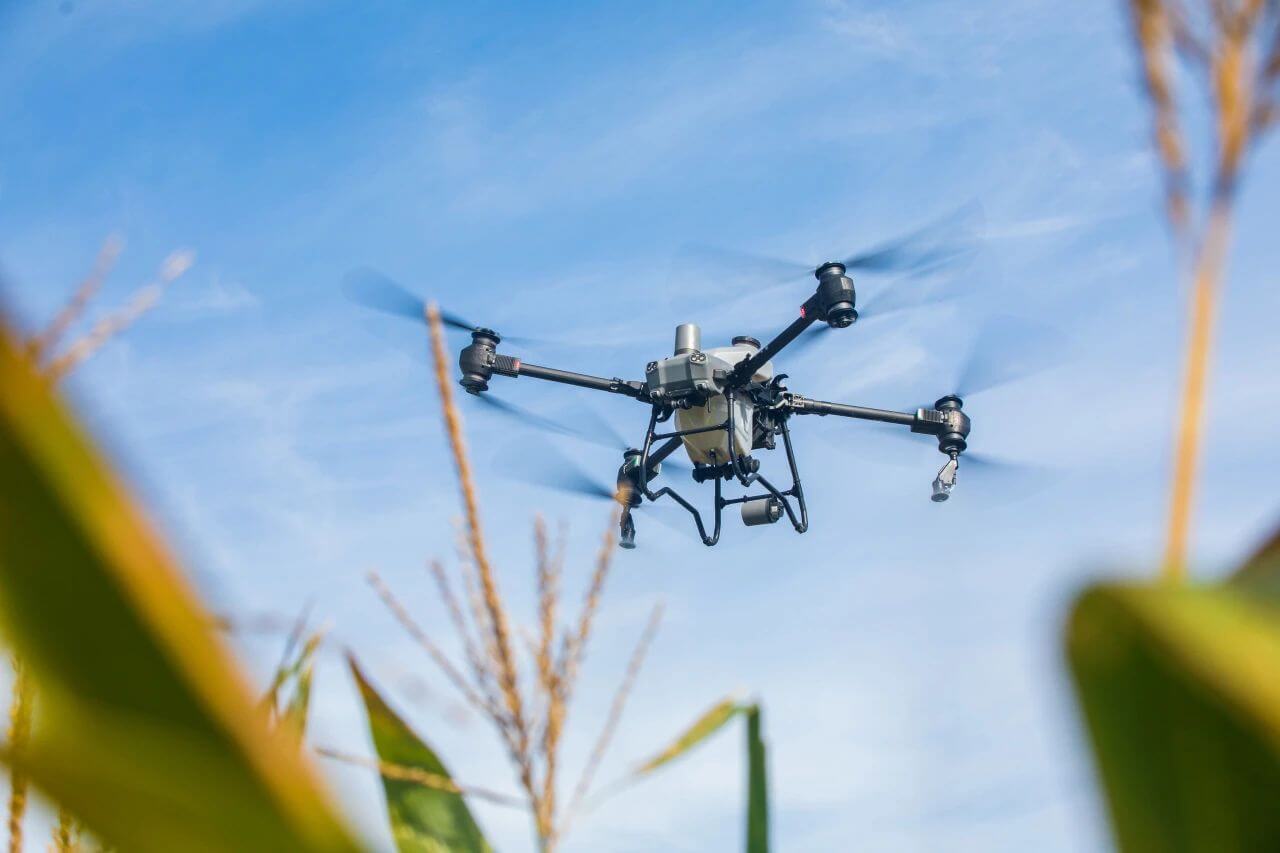In recent years, the technological landscape of drone innovation has been rapidly evolving, paving the way for the emergence of SUV-size drones. These larger drones are positioned to redefine the future of transportation, offering myriad benefits and applications.
Understanding the Concept of SUV-Size Drones
As advancements in drone technology accelerate, the concept of SUV-size drones stands at the forefront of innovation. These drones are significantly larger than traditional consumer drones, opening up new possibilities for transportation and logistics. The SUV-size category is characterized by drones that possess the capability to carry larger payloads, potentially including people or substantial cargo, thus transforming them into aerial vehicles.
Applications and Benefits
The rise of SUV-size drones brings about a host of applications in transportation sectors such as logistics, delivery, and emergency response. Logistical operations can benefit from these drones, enabling rapid delivery of goods across cities without the constraints of ground traffic. Imagine a future where drone delivery is commonplace, reducing delivery times and increasing efficiency.

Emergency response is another promising field, where these drones can swiftly provide crucial supplies to remote or disaster-struck areas. Their ability to navigate through difficult terrains makes them invaluable in situations where traditional methods are hindered.
The Potential Impact on Urban Air Mobility
SUV-size drones play a significant role in shaping urban air mobility. As cities grow more congested, the need for efficient aerial transportation solutions becomes critical. These drones have the potential to revolutionize personal transportation, offering an alternative that bypasses road congestion. The impact on urban planning could be profound, with infrastructure adaptations designed to accommodate these aerial vehicles.
Challenges Facing SUV-Size Drones
Despite their promising advantages, SUV-size drones face several challenges that must be addressed to realize their full potential. Regulation is a major hurdle, with policies needing to evolve to accommodate these new transport methods. Additionally, technology constraints such as battery life and safety measures must be overcome to ensure reliability and public trust.
Environmental concerns also arise, as the mass deployment of large drones could impact wildlife and contribute to air pollution if not managed sustainably.
Looking Forward
The future of SUV-size drones is undeniably bright, with innovations continuing to push the boundaries of what’s possible. Companies and researchers are actively exploring advanced materials and propulsion systems to enhance drone performance. Collaboration within the tech industry is key, with cross-sector partnerships likely crucial for driving advancements in this space.
Frequently Asked Questions
What are SUV-size drones used for?
SUV-size drones are used for various purposes including logistics deliveries, passenger transportation, and emergency response operations.
How do SUV-size drones affect urban planning?
These drones influence urban planning by necessitating infrastructure to support aerial vehicles, potentially reducing road congestion.
What hurdles must be overcome for SUV-size drones to thrive?
Challenges include regulatory adjustments, technology advancements for safety, battery efficiency, and managing environmental impacts.